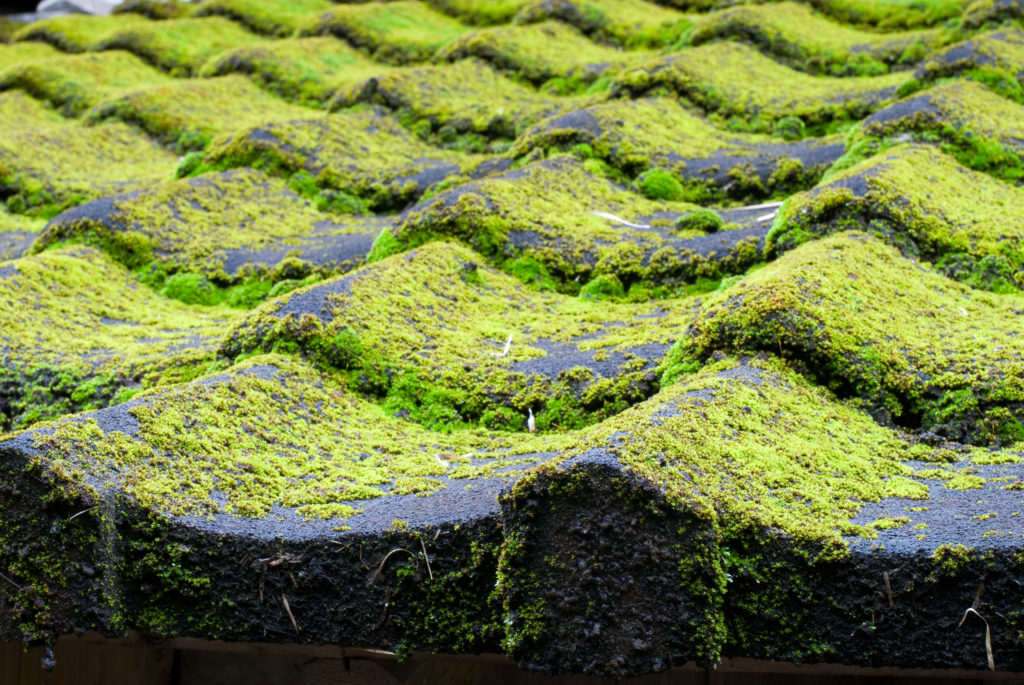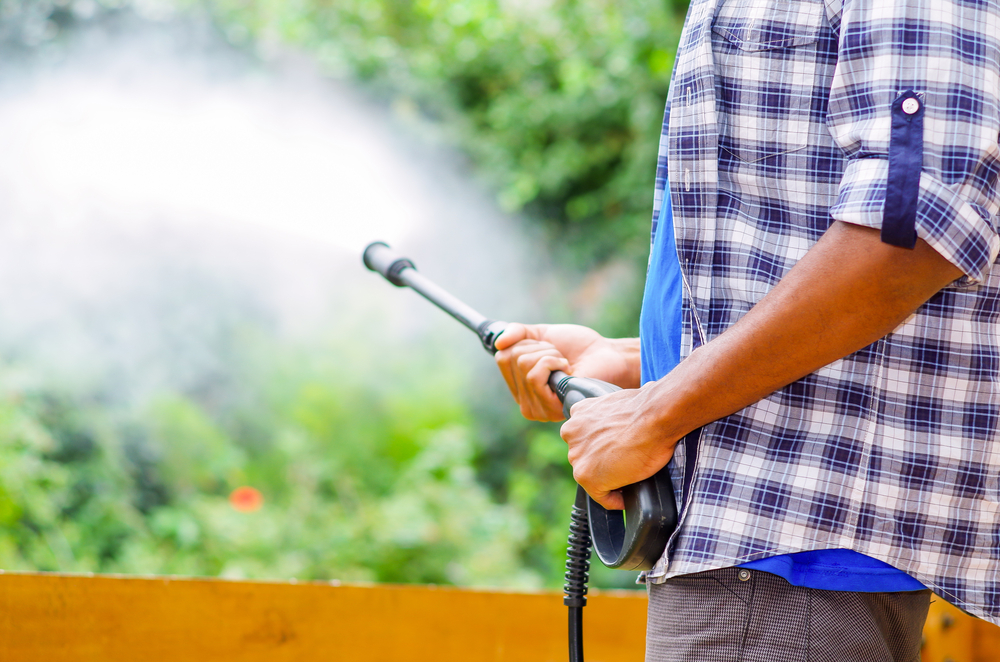
While you may believe that you are the only one living in your house, there may be some microscopic creatures making a home above your head. Roofs are the perfect place for fungi to live due to the damp and humid conditions, and leaving these organisms on your roof can have disastrous consequences. The best thing you can do is keep an eye out, and as soon as you spot it, you can get it removed to save your roof from further damage. But how do you know what to watch out for? This blog post will go over the 4 types of fungi that you might see growing on your roof.
Algae

Algae is a living organism that feeds off the limestone filler in shingles. Once the spores land on a moist area, they quickly spread and devour the roof. Algae is black-green in color and it loves to grow on damp, humid areas like roofs and gutters.
Algae eats away at shingles, taking years off the life of your roofing; you’ll have to get it replaced sooner rather than later, which can cost $10,000 or more. Not only that, but algae can also increase your electricity bills. Since the growth of algae covers the roof, the shingles aren’t able to effectively block UV rays, thus heating up the interior and forcing your A/C unit to work overtime. As soon as you notice algae on your roof, you have to act, as it can cost you thousands of dollars if you don’t get rid of it immediately.
Moss

Moss is distinguished by its fuzzy texture and vibrant green color. Some homeowners like the appearance of moss on their roof and keep it there for aesthetic reasons; however, the quaint forest cottage look comes at a risk – as moss can be detrimental to your roof.
Moss is attracted to damp, low-sunlit areas and contains moisture that can seep into shingles, causing roof rot. A rotting roof has poor structural integrity, leading to a flood of other issues. If you like the look of moss and know how to properly maintain it, moss can be a great addition to the roof of your home. But, if you dislike the look, getting it removed is the best option.
Mold

Mold is the most problematic fungi on this list. Not only is it ugly, but it can actually cause severe health problems, such as allergies, asthma, and other respiration issues. This organism is characterized by a slimy appearance and rancid smell. It can be brown or dark green in color, but black mold is the most hazardous.
Mold grows on moist wood and drywall, so roofing is the perfect place for it to grow. Once mold finds a home on your roof, it spreads fast. A roof leak can cause it to get inside of your home, and then circulate through the HVAC system. It also eats away at the structural integrity of your house, and simply the presence of mold decreases the value of your property. If you notice mold growing anywhere in your home, make sure you contact licensed professionals right away to remove it.
Mildew

Mildew has a powdery texture and can be light gray, black, or even pink. It loves warm, wet areas and especially grows on roofs with poor drainage. Mildew is known for spreading extremely fast, and it can be incredibly unsafe if you let it grow and fester.
Just like mold, mildew is a serious health hazard. Breathing it in for prolonged periods of time is dangerous, especially to those with asthma or other respiratory problems. Not cleaning your roof puts your family’s health at risk; make sure that you call the professionals right away as soon as you notice mildew growing on your home.
Conclusion
Algae, moss, mold, and mildew thrive in moist, humid areas. While there are ways to prevent them from growing, the absolute best way to stop them from spreading is by getting your roof cleaned regularly. At Oceanside Pressure Washing and Roof Cleaning, we offer quick and affordable pressure washing services to keep your roof fungus-free! With our pressure washing services, you’ll keep your home clean and your family healthy!


